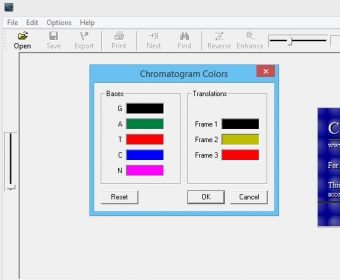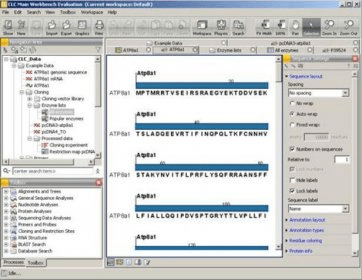
The samples were stored at −20☌ until DNA extraction. No pregnant women were included in the study. Further 65 urine samples were also obtained from healthy controls with no history of renal transplant or usage of immunosuppressants. In this study, 91 urine samples were collected from renal transplant recipients admitted to the 5th Azar Hospital in Gorgan, Iran. As a result, it was found that BKV and JCV were significantly prevalent in renal transplant recipients than healthy controls. Our knowledge about the prevalence of JCV and BKV in the patients is limited in Iran, and for the first time, we report the prevalence of the viruses in the north of Iran. īecause of the clinical importance of BKV and JCV in immunocompromised patients, investigation of these viruses in renal transplant receivers is warranted. Further studies in Iran shows the prevalence of JCV in renal transplant receivers is 43%. The prevalence of the JCV was estimated to be 38.3–40% in the healthy population, 16.8% in patients with rheumatoid arthritis, and 25.9% in the central nervous system. The virus can lead to progressive multifocal leukoencephalopathy in patients infected with human immunodeficiency virus. JCV is an opportunistic pathogen in the human population that generally infects children and can persist in the renal tissue and bone marrow. In another study in Iran with more participants, it was found that serotype I of BKV with 94.11% frequency was more prevalent than serotype IV with 5.89%. have shown that the BKV serotype I is dominated in Iranian Turkish renal transplant recipients.

In a small population study, Motazakker et al. have shown a 3-fold increase of BKV reactivation after 4 mounts of renal transplantation. In the previous work on biopsy samples from renal transplant recipients, BKV was found in 13.1% of clinical samples in Iran. BKV may reactivate after renal transplantation and lead to nephropathy-associated rejection of the renal graft. īKV is a human polyomavirus first isolated from the urine of an immunocompromised renal transplant patient by Gardner et al. The genomic prevalence of BKV and JCV in urine specimens of kidney recipients is 46.7 and 23.3%, respectively, and 13.3 and 24.5%, respectively, in healthy subjects. Therefore, investigation of the incidence of these viruses in the transplant recipients is necessary to prevent reactivation of the virus and to prevent transplantation termination.

Polyomavirus reactivation in kidney and bone marrow transplant recipients is due to the use of immunosuppressive drugs and because of immune deficiency. The use of immunosuppressive drugs in a transplant recipient leads to an increased incidence of BKV and JCV diseases. Today, it is known that ∼>80% of healthy adults are seropositive for Polyomaviridae, and they may become reactive in immunodeficient conditions. John Cunningham virus (JCV) and BK virus (BKV) are 2 important viruses within the family Polyomaviridae, which are involved in renal transplant rejection. In this regard, major concerns are related to graft rejection due to immunity and a variety of viral infections. Kidney transplantation is the final treatment option for patients with ESRD. Genotype I for JCV and genotype II for BKV were dominant genotypes in the north of Iran.

JCV genotyping was evaluated for the first time in Iran. Discussion: The results obtained here show a relatively lower prevalence of BKV and JCV in immunocompromised renal transplant receivers and healthy control than those reported from other areas in Iran. Besides, genotype II was dominant within patients with BKV-positive patients. Overall, 62.16% of JCV cases were genotype I. The prevalence of the BKV between the case and control groups was significant ( p 0.05).

JCV was detected in 7.69% of the control group. Results: The prevalence of BKV and JCV was 15.38 and 19.78%, respectively. Genotyping was done by alignment and phylogenetic tree construction of the VP1 region against all known JCV and BKV genotypes. After DNA extraction, positive cases were detected through PCR. A healthy control group of 65 volunteers with an average age of 40.32 ± 10.7 years also contributed. Methods: Ninety-one urine samples were obtained from renal transplant recipients with a mean age of 39.78 ± 11.19 years. Objective: The aim of the study was to evaluate the prevalence of BKV and JCV in immunocompetent individuals in the north of Iran. Background: Members of the Polyomaviridae family, BK virus (BKV), and John Cunningham virus (JCV) are linked to polyomavirus-associated nephropathy-associated transplant rejection in immunodeficient patients.


 0 kommentar(er)
0 kommentar(er)
